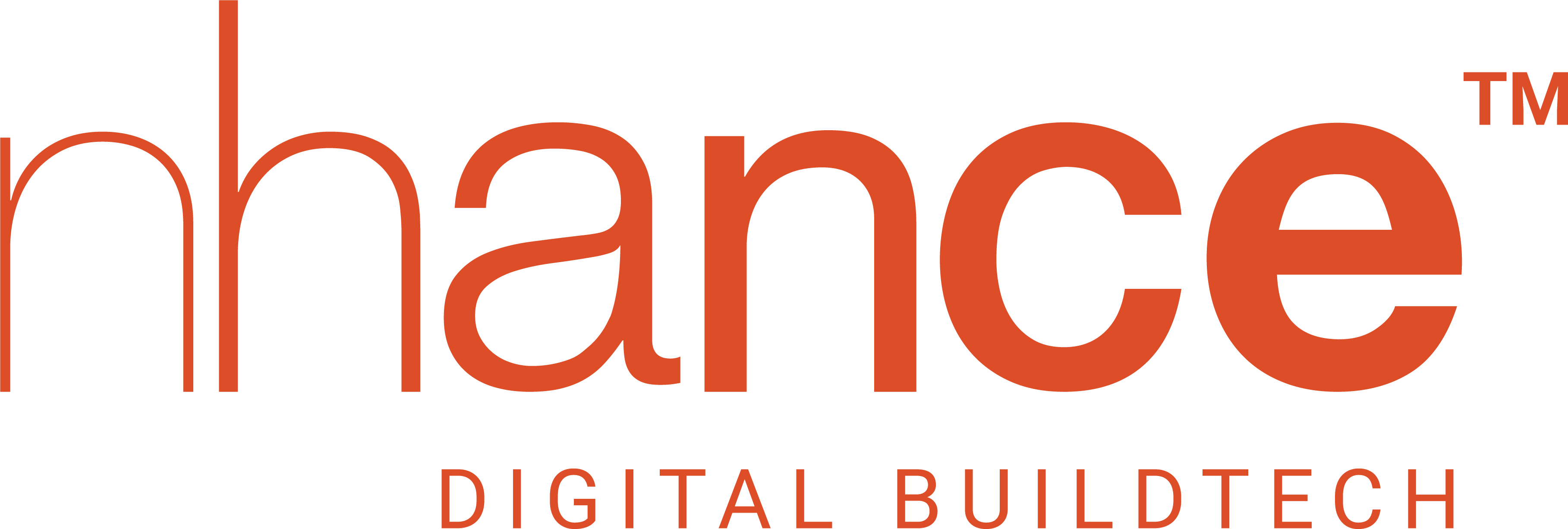The workplace of the future is constantly evolving and technologies play a pivotal role in this progression. Living and working in the new normal is drastically different from what one ever imagined. As companies draw strategies that drive resilience, organizational and financial, it is essential to reconsider workplaces for the employees who are at the core of businesses. Even before the pandemic, digitization and IoT had started enabling organisations to make workplaces of the future, however, in the next normal, adopting these technologies and making digital-first workplaces has become even more crucial.
It is time to reimagine the workspace. It is time to build smart! Adopting emerging technologies like Artificial Intelligence (AI), Internet of Things (IoT), Machine Learning and Big Data is the way to go. These revolutionary technologies are paving a way for the construction of flexible, agile and intuitive workspaces that the employee-of-today desires. Thus, businesses can improve employee well-being and productivity, maximise resource use, and boost corporate performance by adopting these smart building technologies.
The emerging technologies create the foundation of smart buildings, placing them on the cusp of real-time optimisation of employee performance and workspace. By embedding sensors in the workplace, a lot of vital data and information can be gathered that can enhance the employees work experience and increase the profitability for organisations.
Booking a conference room is one thing; having an AI assistant set up the entire meeting is another. From resource management to occupancy management, businesses are increasingly relying on virtual assistants to get the job done. AI spending is expected to be around $37 billion by 2025. Working with an AI-based ecosystem in the workplace has the advantage of providing asset assessment, monitoring, and management 24 hours a day, seven days a week.
Data from all linked devices can be integrated for system analysis in an IoT-enabled workplace. The real-time insights enable 360-degree workplace monitoring and management. A responsive building environment can be achieved using IoT, depending on the needs of the employees. The use of energy and resources is also efficient, resulting in a more sustainable workspace. According to a Forrester report, “the companies that have implemented IoT-enabled sensors and smart devices have seen energy savings of up to 70% in three years”.
Smart buildings, for example, are retrofitted with integrated building management systems. This technological solution combines IoT and other emerging technologies to control various systems such as HVAC, fire alarms, security and lighting. As a result, air quality is being monitored in different rooms at the same time, while the sound is being masked in the conference room for privacy.
Augmented Reality and Virtual Reality are also quickly becoming popular in developing smart building technologies. The most significant advantage is the ability to easily visualise complex problems without having to physically scan through documents and files. The employee may be sitting in the cafeteria while attempting to resolve a problem. Businesses using AR are seeing a 46% increase in project delivery efficiency and a 32% increase in productivity.
Employers are banking on emerging technologies to create a safe, healthy and innovative workspace. The idea is to deliver a frictionless experience for the tech-driven employee from the time one parks the car to spending the following 8-9 hours in a highly intuitive environment. Companies like nhance.ai offer integrated platforms and solutions to manage all your workplace requirements. Whether it is aligning your workplace with ESG and sustainability goals, or ensuring absolute health and hygiene for your employees returning to work, create the workplace of the future with nhance.ai. Overall, emerging technologies are designed to make workspaces smarter, safer and more productive. The workplace of the future will be driven by people and fuelled by technology. As employers navigate to workplaces of the future, technological solutions will need to be embedded seamlessly with the offices of the future. A user-centric approach will need to take precedence. To deliver the best experience to employees and for the overall benefit of organisations, technology and physical spaces will need to be in synergy.








